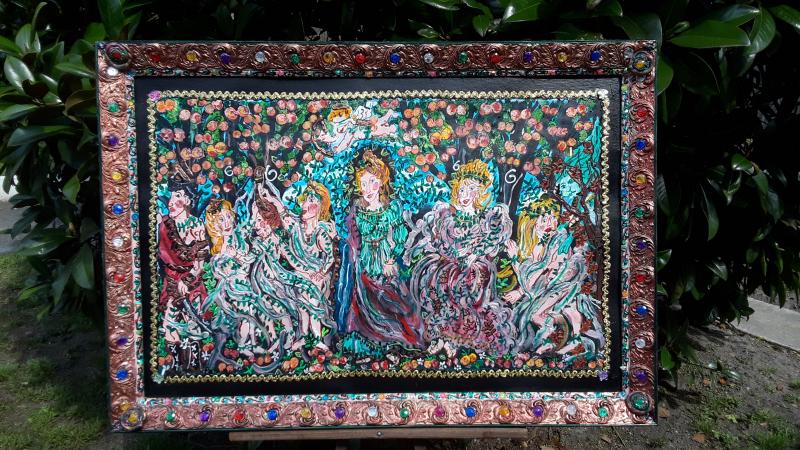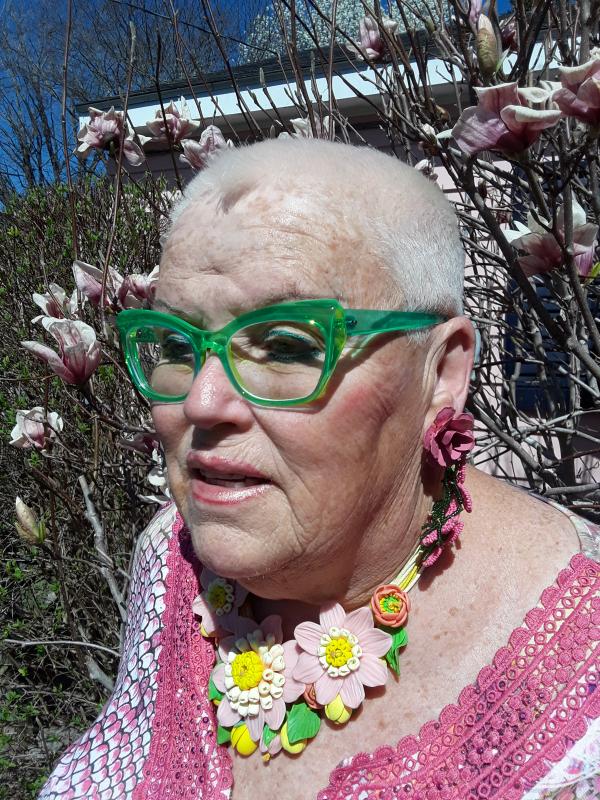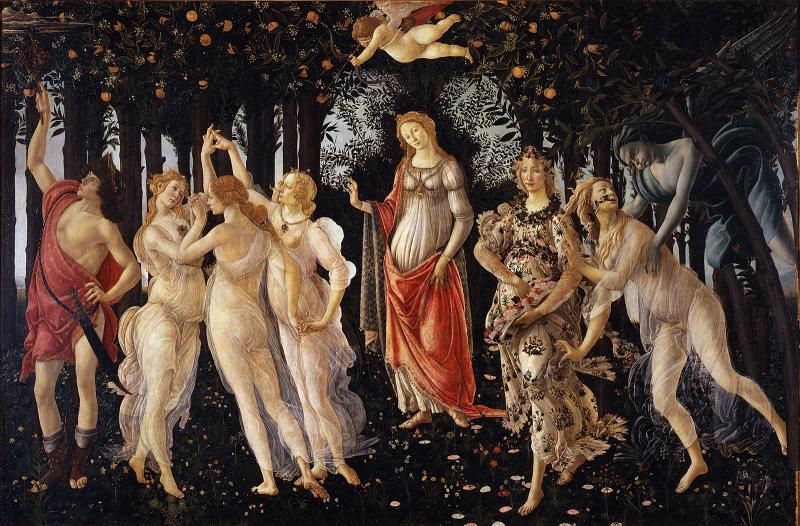The season of the pink trees
Early spring is my favorite time of year. Many would guess October, with all of its festive orange jack-o’-lanterns, Indian corn and Halloween, and it is my close second favorite season, but spring, with nature stretching its arms after a long winter's nap, is invigorating. It's still a little chilly and not too languorously warm, but achingly beautiful. Days are unpredictable in March, which explains the legend that this month may come in like a lamb and go out like a lion. I love the energy of the winds blowing at night.
Shakespeare wrote, "When daffodils begin to peer, it is the best time of the year." Conversely, T.S. Eliot said, "April is the cruellest month." This might be said of March or April, for my beloved pink saucer magnolia is often fooled by a few warm days, and the pink buds begin to unfurl, only to have the lion return with a bitter-cold draft of howling winds. This happens more often than not. One year, I looked out my window to see beautiful newborn pink buds framed against a cerulean blue sky. Overnight, they turned into brown fudgesicles.
Eccentrically and laboriously, and perhaps, eventually fruitlessly, the next year when the forecast predicted a freeze and the tree had already blossomed I wrapped small plastic sandwich bags around each bloom to stave off a coating of frost. I made my husband Jeff, who is the essence of patience and much taller than myself, throw plastic sheets over the whole arrangement and fasten it with clothespins to the branches. One year, this actually worked!
Every April, back in the 1950s and ‘60s, the fishmonger would come to Milton. My mother would go downtown and pick out a magnificent shad, that Piscean harbinger of the vernal equinox, swimming upstream through warming waters. It would be hoisted onto a scale hanging from chains on the back of his truck. After being brought home wrapped in brown paper and tied with string, it would be dredged in cornmeal and baked, and served on a beautiful platter accompanied by fresh stalks of green asparagus for a celebratory spring feast. Shad roe is highly prized, and my father, true to his Eastern Shore heritage, would savor this caviar. He also loved muskrat dinners.
My mother would attend church wearing large flowered hats, with her head thrown back while bees buzzed around her. There would be the Easter Parade on the Boardwalk in Rehoboth Beach, followed by an Easter basket wrapped in pastel cellophane, chocolate bunnies whose ears I just couldn't bite off, yellow marshmallow chicks, and large, chocolate-covered, coconut eggs decorated on top with marzipan flowers.
Later on, there would be the May Fair at Milton Consolidated School, just when the lilacs began to bloom, replacing the sweet perfume of the blue hyacinths. There would be a play, usually written and choreographed by my mother. All of the classrooms would be decorated with spring murals. One classroom I remember had a large screen painted like the ocean. We threw fishing rods over this and retrieved favors for our effort.
One of my favorite paintings that really captures the essence of the first day of spring is Botticelli's “Primavera,” which hangs in the Uffizi Gallery in Florence, Italy, the birthplace of the Renaissance. It depicts early morning in the forest of the Hesperides. At right is the cold wind of spring, Zephyrus, embracing the earth nymph Chloris. She will metamorphose into Flora, who sprinkles flowers all over the countryside.
In the center is Venus, goddess of love, and flying above is her son Cupid aiming his amorous arrows into the clearing. The Three Graces dance around an imaginary Maypole. The god Mercury examines the luscious fruit hanging heavily from the verdant trees.
I have often wondered, did great artists of the past consciously utilize symbolism, or was it read into their work by later scholars because they were great and have stood the test of time? Here it is pretty obvious. The characters are figures from mythology that we have read about since the early Greeks and Romans. I can imagine Botticelli's studio with the door open to a Florentine spring in 1485, and mine is still open here in my own backyard in Milton. Just to try to relive it all, I have painted my own "Primavera."
My favorite room in my Pink House in Milton is the dining room, where the shad dinners occurred many vernal equinoxes ago. My mother papered the walls with peach-laden paper, and we have added a Bacchanalian wine-colored carpet. The “Primavera” would not fit where an ancient print of a wild turkey has always hung, a brown homage to Thanksgiving, but a painting I did of peach trees graces my little bit of spring dining room, where I can celebrate the season of the pink trees all year long.
























































